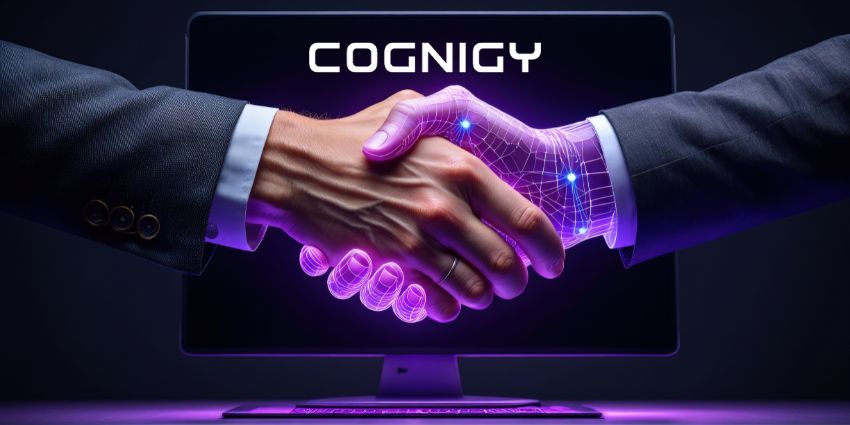Customer service is a key pillar of a successful business. But despite recent progress in video technology, many businesses are yet to integrate video-based visual assistance into their CX strategy.
Visual assistance, also known as visual communications or remote video support, refers to the use of video technology to provide support and assistance remotely. This has quite a few use cases within a business– including customer service, technical support, and education.
Visual assistance allows businesses to provide immediate support to their customers or clients without the need for physical presence. This can improve overall efficiency and productivity by reducing response times and travel expenses–while still providing an excellent experience for the end customer.
In this article Streem answers their three most frequently asked questions: what visual assistance means, when can it be used, and how to integrate it into an existing CX strategy.
What is Visual Assistance?
Visual, sometimes called virtual, assistance is a tool that empowers a company’s agents to see what the customer is seeing and provide support remotely; It’s video+.
Providing visual assistance as part of your CX strategy is a great way to improve overall customer satisfaction. By enabling video, businesses can utilise their current technology stack to empower better customer experiences anytime, anywhere, and over any distance.
This superior experience can be provided because video largely removes the reliance on agents being able to describe steps to customers (or customers being able to describe the problem to agents). This allows customers to overcome technical jargon and language barriers to get to the heart of the problem, and solve it efficiently. With video, agents can bypass these problems by showing instead of telling.
These capabilities are further enhanced by AR technologies and machine learning. By utilising AR interactive tools, agents can point, circle, and underline what’s important on the screen to precisely show what to do. With built-in text-recognition, model and serial numbers can be identified and logged during the Streem call, ensuring you get the right part the first time. All these features amount to a reduction in inefficiencies and speed diagnosis times, whilst enabling experts to access the tools they need to provide a good service remotely.
When Can Visual Assistance Be Used?
Businesses should adopt visual assistance into their strategy to solve the inefficiencies that arise when customer service takes place primarily over the phone or email, or when a truck roll or expert technician is required to actually solve the problem.
These situations involve a lot of back and forth communication, resulting in an overall frustrating experience for customers and an expensive process for businesses. Customer calls are time consuming and basic video escalation tools often require customers to download a specific conferencing provider that does not include AR features. With Streem, customers don’t have to download anything and call records can be integrated into existing support tools or apps..
But it’s not just the customer service line where visual assistance can help improve the service customers receive. Field agents on the job can also benefit from the visual tools built into Streem.
When businesses look at their truck rolls, they should ask which problems can be solved remotely.
At the moment, experts are sent out to a job following a customer service call, only to realise they need to order a part–requiring a second visit in the future. With visual assistance, agents on the initial customer service call will be able to diagnose the problem and order a part in advance, so that when the expert leaves to fix the problem, they have everything they need to resolve it.
Lastly, warranty support is also a great use for AR-enabled video customer service, as agents can make sure that customers have all the verification and documentation in one place, and identify them on screen.
How to Integrate Visual Assistance into an Existing CX Strategy
Adopting visual assistance doesn’t have to be a huge job, in fact, with a solution like Streem, it can be integrated into the tools that businesses already use. As a result, agents will not be required to work on multiple screens. Also the Streem platform stores all recordings for easy sharing or CX training.
Similarly, Streem’s solution means that customers don’t need to download software to participate, agents can simply text them a link and they can get a video call started, making Streem one of the most efficient providers of visual assistance on the market.
On top of the efficient integration process, all call recordings and screenshots are saved automatically, and stored as references for future calls. This also applies to any scanned model or serial numbers, and is an important feature of Streem’s solution, as team leaders can assess calls and look at whether agents need additional training to improve the level of service the business provides its customers.
Learn more about Streem with a free personalised demo.







